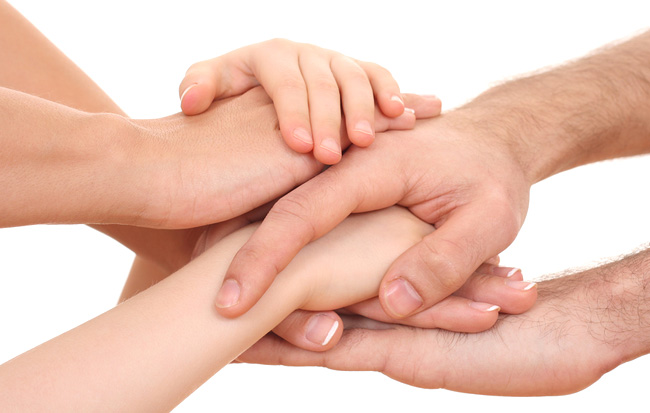
The Cochin Social Service Society (CSSS) founded in the year 1966 by Rt. Rev. Dr Alexander Edezhath, the 32nd Bishop of the Diocese of Cochin, stands on the threshold of the final years of its Golden Jubilee. Being the official organization of the Diocese for Social Apostolate, the Society has in store varied experiences spanning over 45 years, working with the poor and the deprived for their livelihood development as well as meeting other challenges of existence including those arising from both natural and manmade calamities. All these years, the Society has been yearning for the bringing up of the target population from ‘less human conditions to more human conditions’, abiding with the papal exhortation, ‘Progresso Populorum’. While deliberately proceeding with this mission, CSSS has been bent upon establishing the poor people’s stake in the social capital. In this respect, the philosophy that the Society follows is, “Development with Justice to the Man and to the Nature”.
In geographical context, the Society has operational area extending 236 sq. km. along the Arabian Sea coast on the south west Kerala stretching out to the inlands across the backwaters of Lake Vembanad on the east, Vypeen on the north and Poonkavu on the south. In terms of civil administration, the reference area comes under the Revenue districts of Ernakulam and Alleppey. Down the line for the local administration the villages are placed under eight Grama Panchayaths (Local Self Government Institutions) namely, Chellanam, Kumbalanghi, Ezhupunna, South Cherthala, Mararikulam, Kadakarapilly, Pathirapilly, and Vayalar. In addition, out of the total 75 divisions of the Cochin Corporation - 1 to 28 also do find place in the operational milieu of CSSS.
By and large, the entire population which exists in the area demarcated as above come under the purview of CSSS operations for the reason that it follows non-denominational service mission irrespective of caste, creed or community. In this respect, the total population in the area is enumerated as one million comprised of Hindu, Christian and Muslim communities at the ratio of the 40:33:27. For instance, CSSS’ programs on environment, public awareness, campaign on general issues, etc., address and involve the population as a whole. Not less than 70% of the population are generally classified as backward in which particular reference is made to the Other Backward Communities (OBC) under which vast majority of the diocesan population is categorized . By and large, they earn their small livelihood from semi skilled and unskilled occupations/labor, mostly in the unorganized sectors. Of late a new category of rudimentary workers under the Employment Guarantee scheme of the Government has surfaced (predominantly women) with minimum wages and number of working days limited to 100 in a year. As per the available data, the occupation-wise distribution of the population is: casual labour-35%; fish workers-11%; skilled artisans (masons, carpenters, etc.)-20%; small farmers-4%; domestic workers-8%; salaried-7% and self employed -15%. Over the years there has been substantial decrease in the number of workers in the fisheries sector and a corresponding increase is observed in the construction and the coir related occupations and other self employment sectors. In several respects, the inhabitants of the area have rather a hazardous existence with the environmental factors often turning unfriendly. Whatever little socio-economic growth claimed to have been achieved appears to be becoming insignificant under the emerging challenges of “globalization”.

